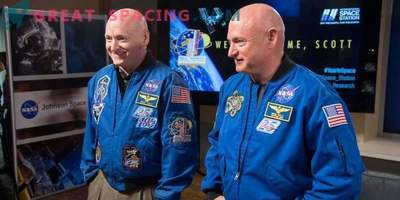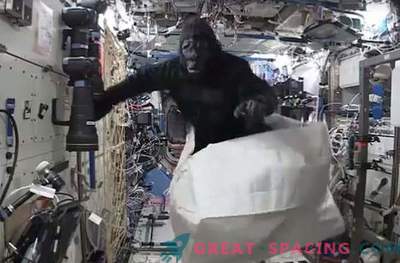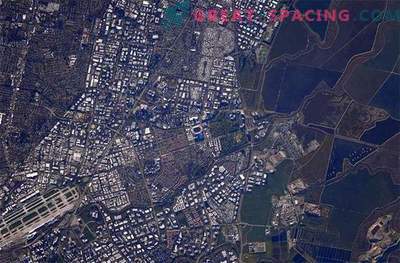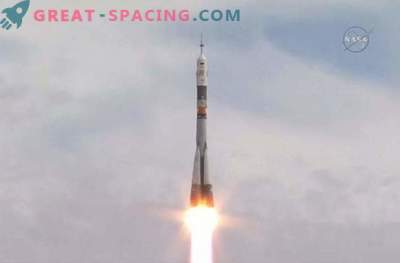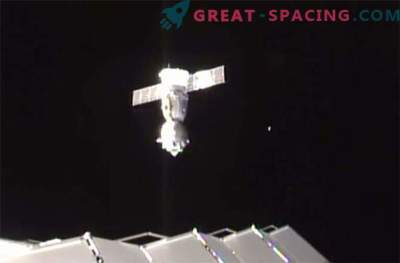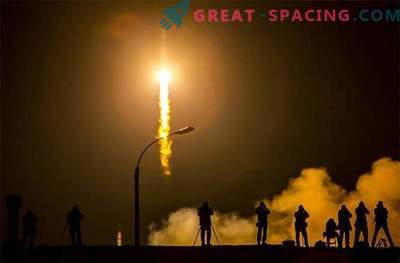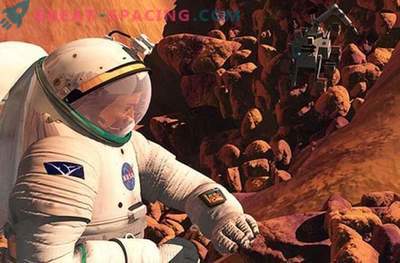
Preliminary findings from the Scott and Mark Kelly stories show exciting physiological and genetic changes. But we need additional analyzes before drawing final conclusions.
Scott Kelly and Mikhail Kornienko flew in from the world's first annual mission aboard the International Space Station, landing in Kazakhstan last March. The goal of the project is to measure the physiological and psychological consequences of long flights in space in order to prepare future crews for Mars and other distant locations.
The experiment involved the twin brother Kelly - Mark (the astronaut who completed four missions in the shuttle). He stayed on the ground and was a kind of “experimental control” in order to track Scott's genetic changes on the comparison.
Now scientists are analyzing the analysis in detail. But the first results already appeared that were announced last week. For example, one team found that telomeres (regions at the ends of chromosomes) in Scott Kelly's white blood cells were lengthened under space conditions. Telomeres protect chromosomes from damage, and they decrease with human age. Their lengthening “can be caused by an increase in physical exertion and a decrease in the dose of calories,” write representatives of NASA in a report.
“However, after its landing on Earth, they began to decline again,” they added. “Curiously, telomerase activity (a fragment that restores telomeres and extends them) increased in both of them in November, which may be associated with a serious stressful event that they experienced.”
Another group noticed a clear decrease in bone formation during the second half of the mission, as well as a slight decrease in cognitive ability (speed of thinking and accuracy) shortly after arrival. However, the latter conclusion does not greatly affect long-term missions.
In addition, all the genome sequences in the twins showed that both have hundreds of unique genetic mutations.
“RNA sequencing showed more than 200,000 RNA molecules, which were differently expressed in twins,” writes NASA. The study will consider more carefully whether there is a “spatial gene” that was activated precisely in space.
This is still preliminary conclusions, and full information will be available later this year.

